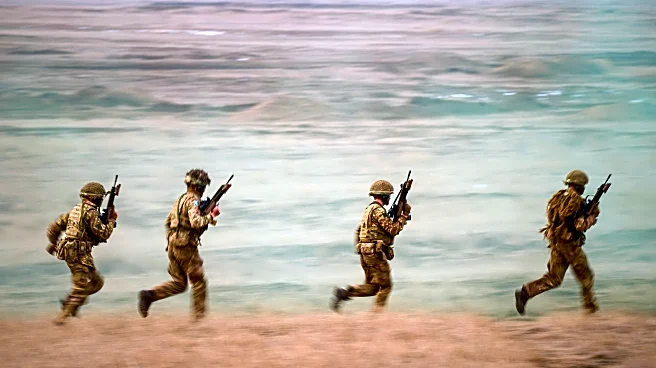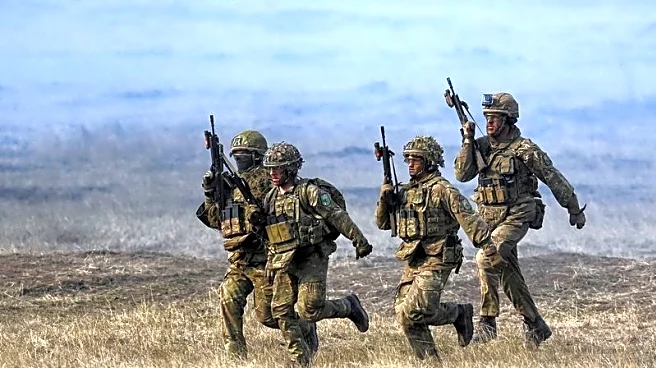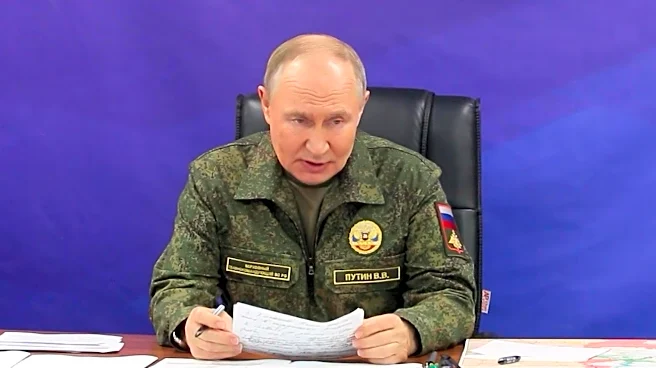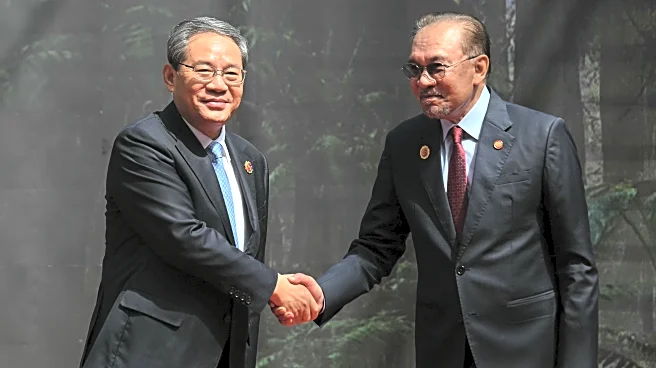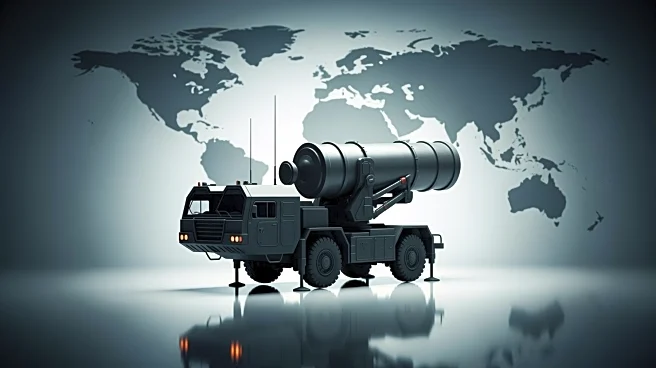BRUSSELS (AP) — The United States has informed its NATO allies that it will scale back its troop presence along Europe’s eastern border with Ukraine as it focuses on security priorities elsewhere in the
world, Romania’s defense ministry said on Wednesday,
Depending on operations and exercises, around 80,000-100,000 U.S. troops are usually present on European soil. NATO allies have expressed concern that the Trump administration might drastically cut their numbers and leave a security vacuum as European countries confront an increasingly aggressive Russia.
The administration has been reviewing its military “posture” in Europe and elsewhere, but U.S. officials have said that the findings of the review were not expected to be known before early next year.
NATO has recently been bulking up its defensive posture on its eastern flank bordering Belarus, Russia and Ukraine after a series of airspace violations by drones, balloons and Russian aircraft.
The Romanian defense ministry said that the U.S. decision will “stop the rotation in Europe of a brigade that had elements in several NATO countries,” including at a base in Romania.
It said in a statement that about 1,000 U.S. troops will remain stationed in Romania. As of April, more than 1,700 U.S. military personnel were estimated to be deployed there. A brigade usually numbers anywhere from 1,500 to 3,000 troops.
Romania’s Defense Minister Ionut Mosteanu said the decision reflects Washington’s shift “toward the Indo-Pacific” region, and that allied troop numbers would remain above the number before Russia’s full-scale invasion of neighboring Ukraine.
“Our strategic partnership is solid, predictable, and reliable,” he said in a news conference.
After the war started in 2022, NATO bolstered its presence on Europe’s eastern flank by sending additional multinational battle groups to Romania, Hungary, Bulgaria and Slovakia. Many more European troops are now stationed there.
The ministry statement said that the U.S. “decision also took into account the fact that NATO has strengthened its presence and activity on the Eastern Flank, which allows the United States to adjust its military posture in the region.”
Asked about the move, a NATO official said that “adjustments to U.S. force posture are not unusual.” Under the terms of their employment contract, the official is permitted to speak to reporters but only on condition that they not be named.
The official said that even with this new adjustment, about which NATO was informed in advance, the American “force posture in Europe remains larger than it has been for many years, with many more U.S. forces on the continent than before 2022.”
The official played down any security concerns, saying that “NATO and U.S. authorities are in close contact about our overall posture – to ensure NATO retains our robust capacity to deter and defend.”
___
McGrath reported from Leamington Spa, England.
